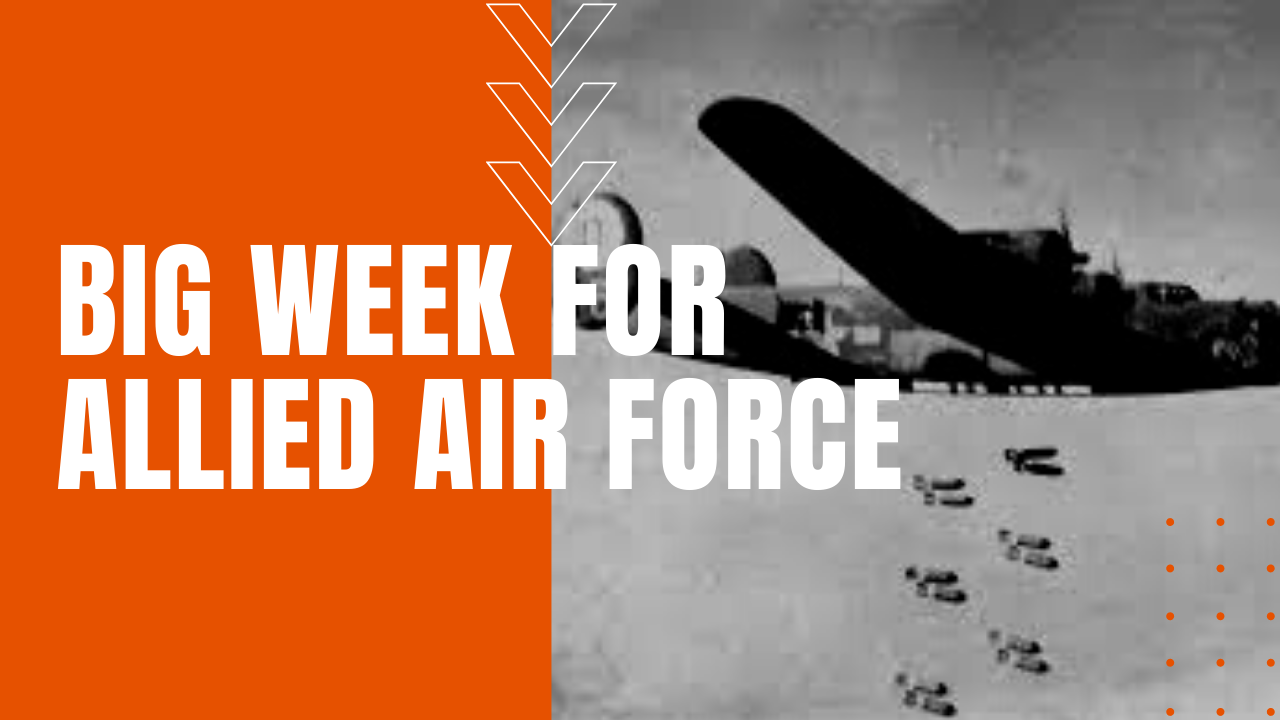Big Week: Allied Forces vs Luftwaffe in Operation Argument

When military aviation came of age during the interwar years between World War One and Two, a group of air war leaders and strategists known as the bomber mafia developed bombardment tactics and aircraft that would forever change the face of warfare.
Before any planned considerations for an invasion of northern France could be considered, the Luftwaffe or German air force had to be destroyed, both in the air and on the ground.
All parties agreed that Operation Overlord, as the D-Day invasion had been codenamed, would suffer an egregious loss of life should the Luftwaffe maintain its ability to strafe Allied combatants as they made their way ashore.
Operation Argument
As a result, Allied air war leaders stuck it to the Nazis during Operation Argument, or what has commonly become known as Big Week. With the arrival of the P-51 Mustang into the skies over Europe, long-range heavy bombers like the B-17 Flying Fortress and the B-24 Liberator now enjoyed fighter protection all the way to and beyond the IP or Initial Point, which is the point in a mission when bomb groups tightened their formations to better defend against German fighter attacks.
During Big Week missions flown from February 20th through the 25th, 1944, Eighth Air Force commander General Jimmy Doolittle overcame Germany’s reluctance to engage Allied fighters by attacking key aircraft factories that the Luftwaffe could not afford to lose.
In addition, Allied fighters were ordered to abandon the bombers with the primary goal of shooting down enemy fighters. In effect, the primary purpose of the bombing missions was to bring up the Luftwaffe, while the real role of the allied bombers was to be used and sacrificed as bait.
Big Week Losses and Outcomes
During Big Week, the Americans flew missions against airframe and assembly plants over numerous German cities, including Regensburg, Schweinfurt and Steyr, dropping roughly 10,000 tons of bombs.
The Eighth Air Force flying out of England delivered 3,000 sorties at a loss of 97 Fortresses and 40 Liberators, with another 20 heavy bombers scrapped due to damage. Each downed aircraft would cost the Allied ten to eleven men. The much smaller yet still forming Fifteenth Air Force flying out of 21 airbases in southeastern Italy would fly 500 sorties, losing 90 heavies, while the British RAF Bomber Command lost 131 bombers during their nightly raids over Germany.
While the number of US aircrew kills on German fighters is most likely wildly exaggerated in the heat of battle—nearly 500 reported kills—Big Week was considered a significant contributor the Allies’ official pronouncement of air superiority over the Luftwaffe in March of 1944.
